Home / Healthcare & Medicine / Medical Technology / Statistical Shape Modelling: Computing the Human Anatomy / Enlarging the flexibility of statistical shape models
This article is from the free online
Statistical Shape Modelling: Computing the Human Anatomy
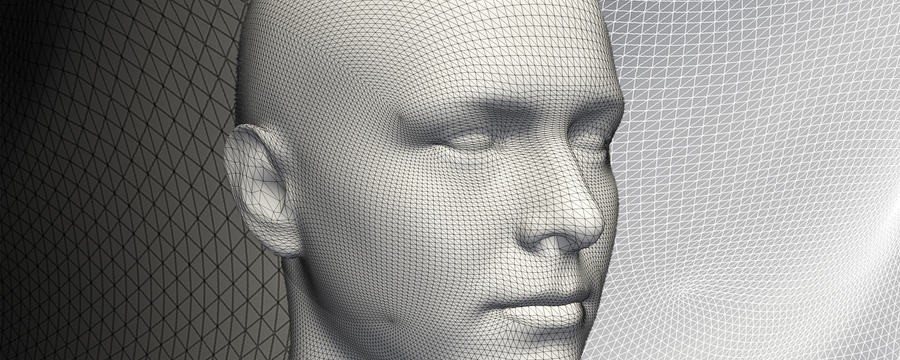

Reach your personal and professional goals
Unlock access to hundreds of expert online courses and degrees from top universities and educators to gain accredited qualifications and professional CV-building certificates.
Join over 18 million learners to launch, switch or build upon your career, all at your own pace, across a wide range of topic areas.

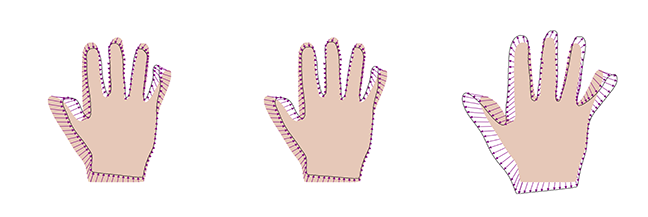 Figure 1: random samples from a model estimated from only one example. All the deformations are multiples of the given example deformation.
Figure 1: random samples from a model estimated from only one example. All the deformations are multiples of the given example deformation.
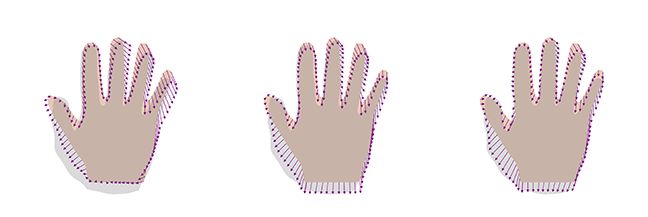 Figure 2: best representation of the given target shape using a model learned from 4 (left), 8 (middle) and 12 (right) examples.
Figure 2: best representation of the given target shape using a model learned from 4 (left), 8 (middle) and 12 (right) examples.
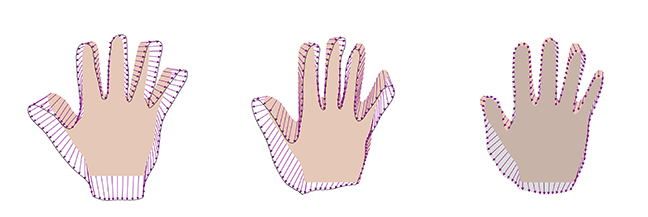 Figure 3: two samples (left, middle) and the best representation using the new model.
Figure 3: two samples (left, middle) and the best representation using the new model.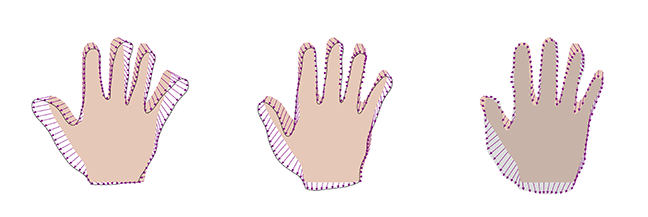 Figure 4: two samples (left, middle) and the best representation using the localised model.
Figure 4: two samples (left, middle) and the best representation using the localised model.





